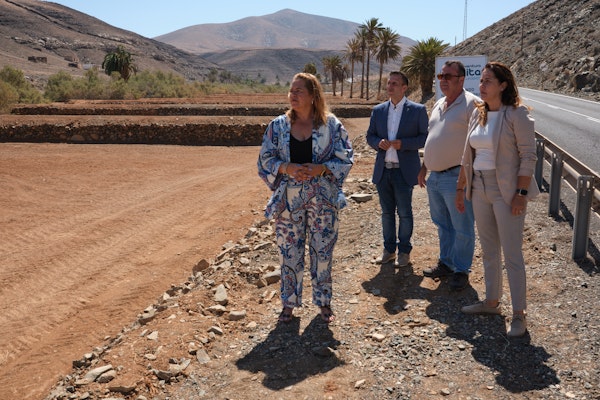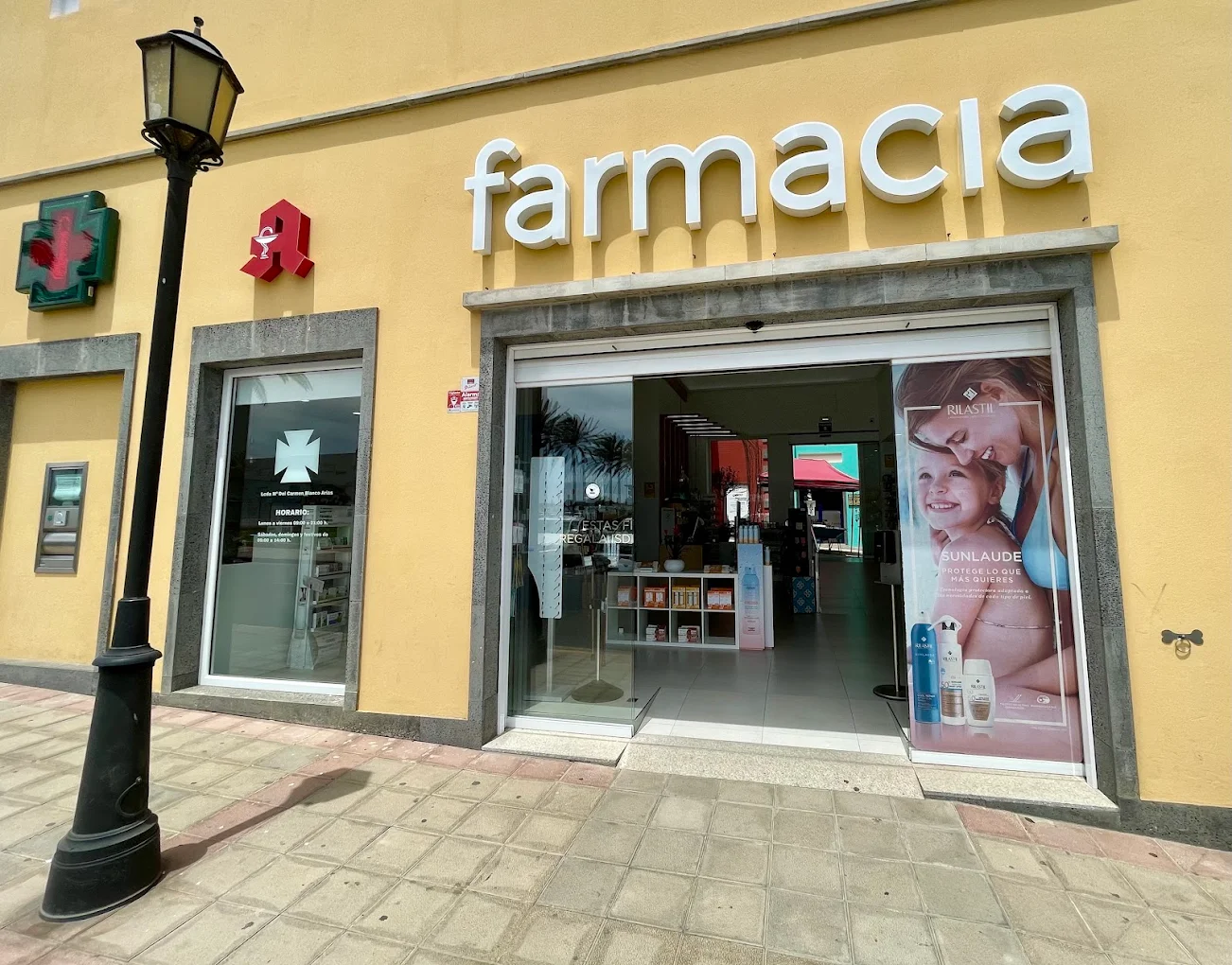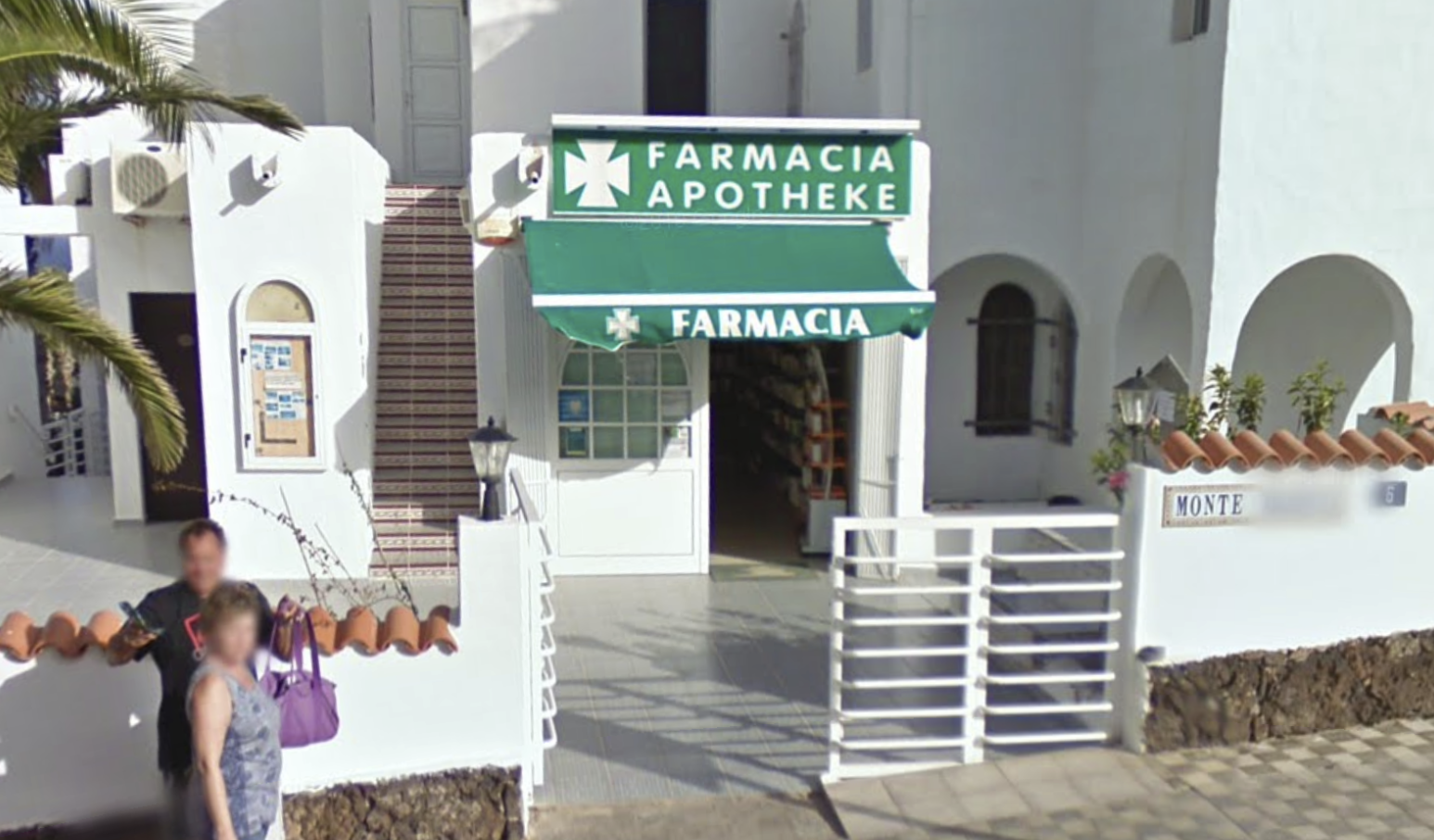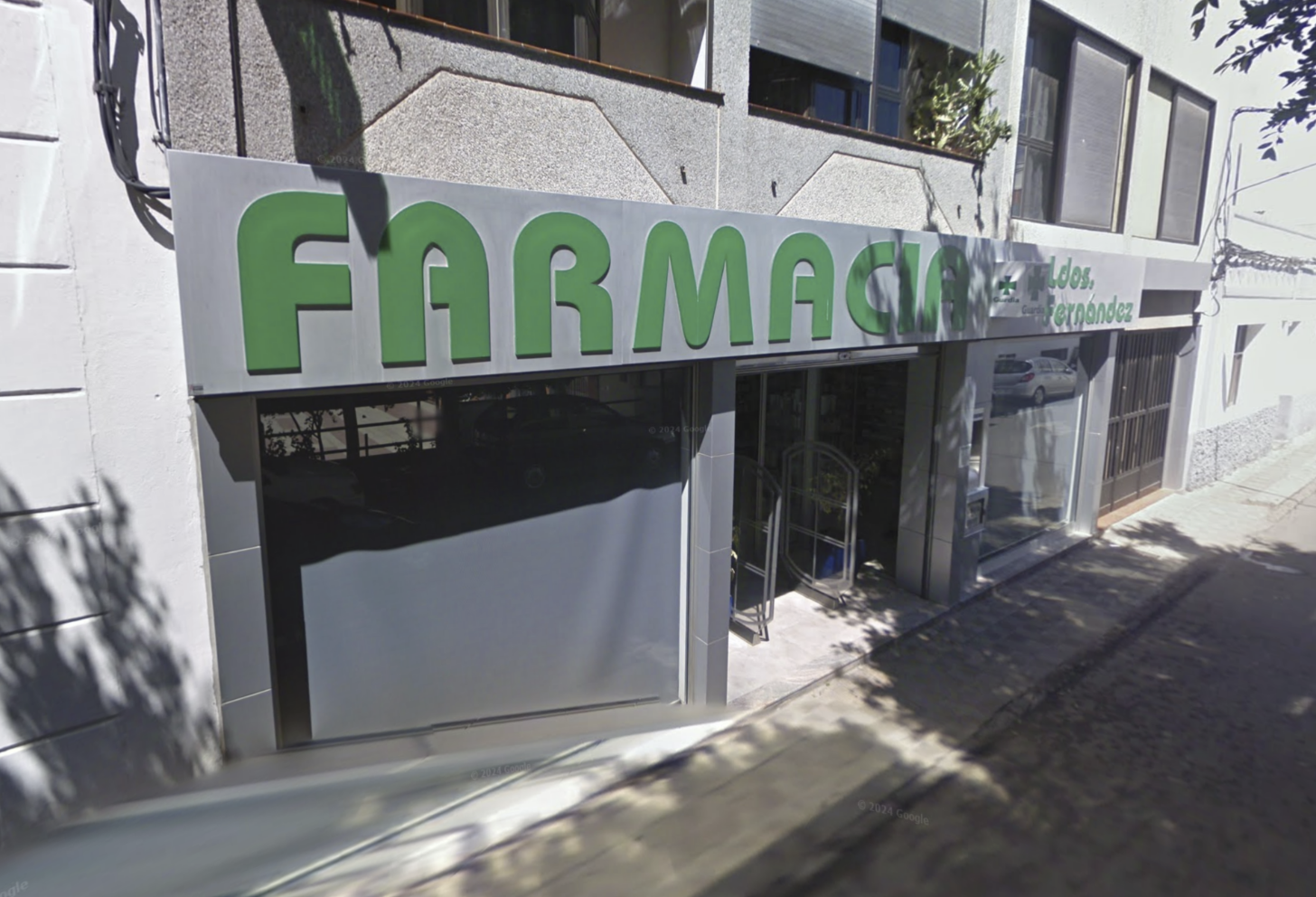The City Council leads the initiative that contemplates actions throughout the ravine basin.
The Cabildo of Fuerteventura, through the Works and Machinery Service, supports these days the recovery of the Ajuy farm, an initiative of the City Council of Pájara through the Department of Primary Sector. Agricultural tractors are working to prepare the gullies for use as a traditional majorero cultivation area.
The president of the Cabildo, Lola García, and the mayor of Pájara, Alejandro Jorge, emphasize the importance of coordination between administrations to improve traditional farming systems that are an identifying part of the Majorero landscape.
The Councilor for Works and Machinery, Blas Acosta, points out that “coordinated efforts between administrations multiply their positive effects, which is why we maintain a firm policy of collaboration with the municipalities in actions that result in a better quality of life”.
The councilman of Primary Sector, José Manuel Díaz, says that “the bed of the ravine of Ajuy is perhaps today the natural showcase of the island most frequented by tourists, and includes heritage, historical and scenic values”. For this reason, the City Council of Pájara develops a package of actions covering various areas along the entire ravine. “The Ajuy road runs parallel to the riverbed, so we want this natural showcase to be in the best possible condition.
The Ajuy estate, with about 578,000 square meters, is the latest milestone in this package of actions of the City Council of Pájara, which is also supported, in addition to the Cabildo of Fuerteventura, in other agencies such as the University of Las Palmas de Gran Canaria and Management and Territorial and Environmental Planning (Gesplan). Together they all address the recovery of landscapes, native flora, natural areas such as Madre del Agua and historical heritage such as lime kilns and related traditional buildings. Now, with the action on the Ajuy estate, owned by the municipality, the aim is to promote its agricultural exploitation as an example of traditional uses that will restore the historical potential of these gullies.













